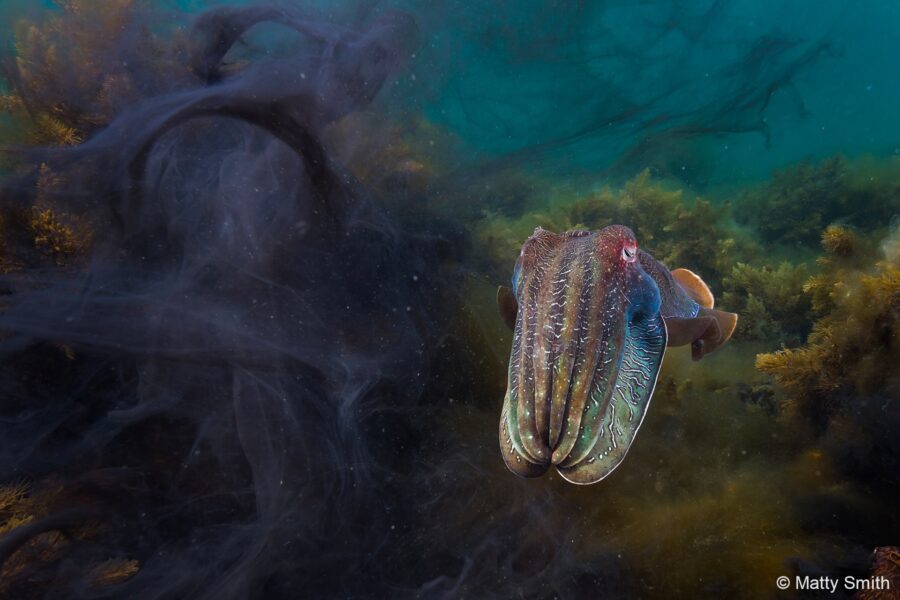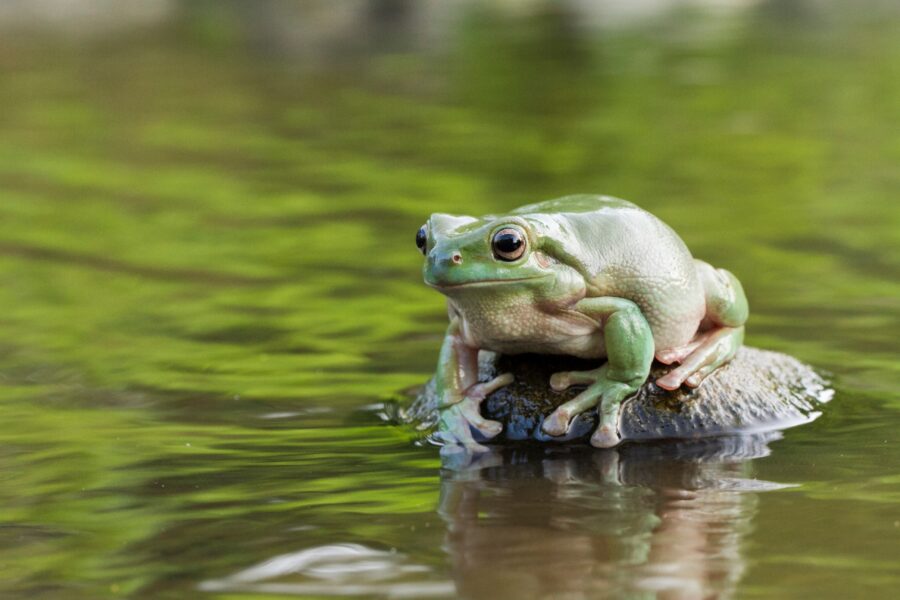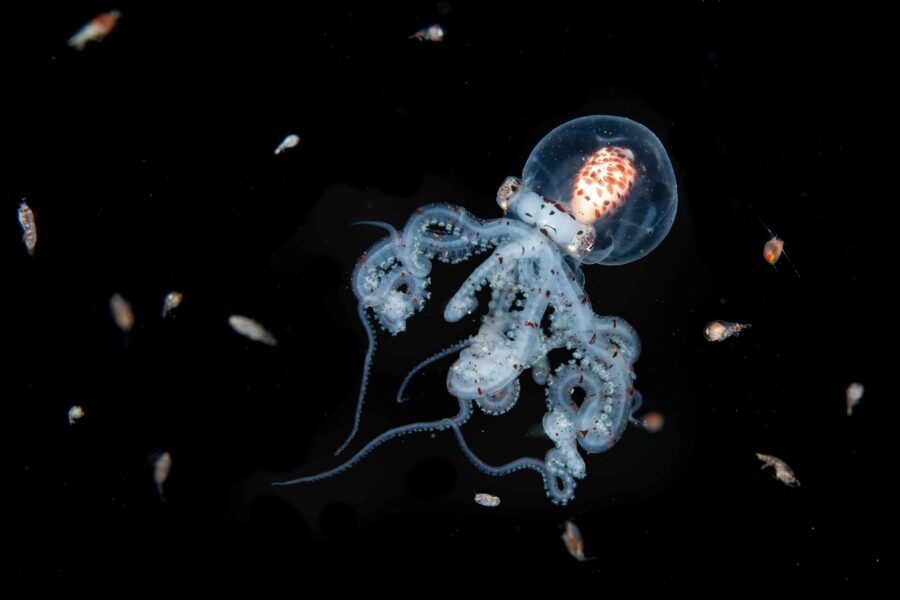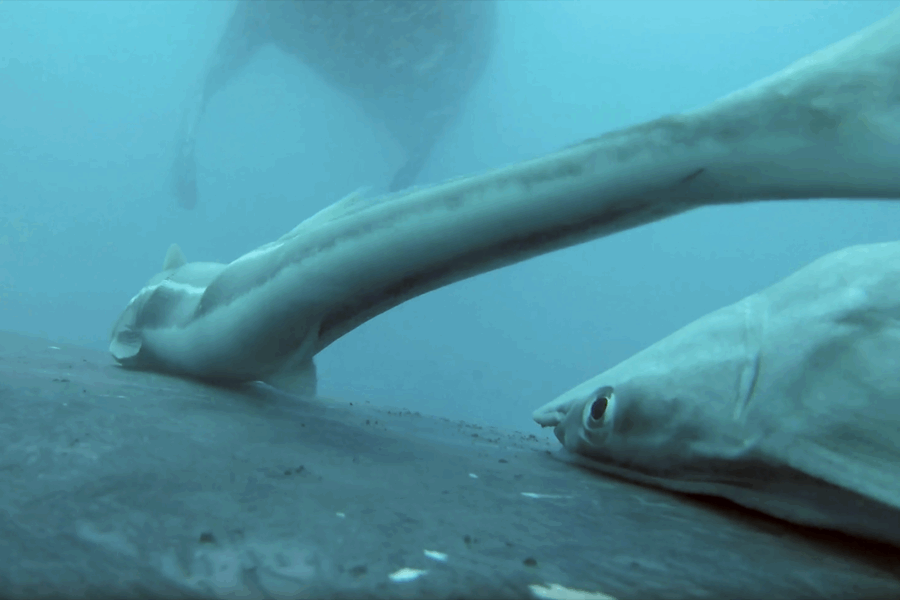The story behind the photo: ‘Nectar of Life’ by Dan Jones
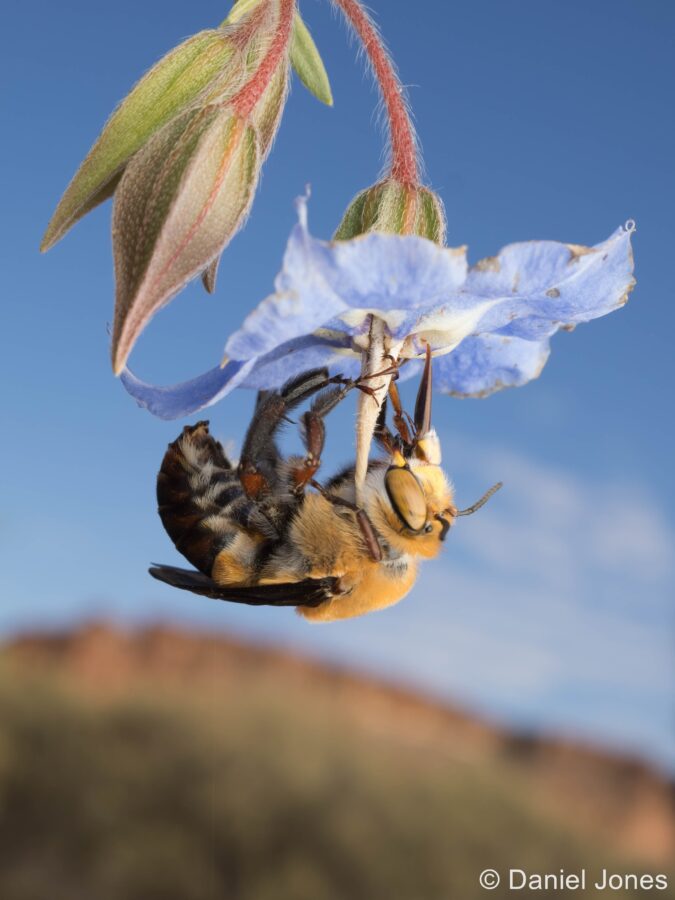
Dan Jones was crowned the winner of the Macro category in the 2023 Australian Geographic Nature Photographer of the Year (AGNPOTY) competition.
His winning image, titled Nectar of Life, is of a Dawson’s burrowing bee (Amegilla dawsoni) sipping nectar from the flower of a native bluebell against the backdrop of WA’s Kennedy Range.
Can you tell us the back story of this photo?
I first became aware of these bees from a 2009 David Attenborough series. I was floored by both the beauty of the scenery and the unusual behavior of the bees. It was also exciting to see Attenborough cover parts of my own backyard. As my interest and skills in macrophotography grew, so did my idea to make a dedicated trip to capture a set of shots I had been thinking about.
What is your connection to the subject matter?
Macrophotography is one of my great passions, and native bees are among my favorite subjects. They boast beautiful colors and details, exhibit interesting behaviours, and contribute tremendously to the ecosystem – if only they didn’t fly away 90% of the time when I approach with a camera.
Where is it taken, and what led you to this site?
The photo was taken at the Kennedy Range, WA. It began as an online wild goose chase. I wanted to photograph these bees at the same location as the documentary, so I could include parts of the range in the background. By cross-referencing images from the documentary with images I found online from various places within the bee’s range, I eventually turned up a result I could confirm with a satellite image.
Were you unexpectedly there or had you planned to cover this moment?
I had specifically planned a 5-day camping trip to observe and photograph these bees.

What are the technical challenges of photographing this kind of scene?
My goal was to capture a feeding/pollinating shot with the ranges in the background. This introduced a couple of challenges. I had to search many of the bee’s forage plants to find a flower that ticked several boxes. It needed to be at the right height and angle to the ranges, offer an unobstructed view, and be in good condition.
Unfortunately, upon arrival, the country was exceedingly dry, and most of the flowers were looking past their prime. While some fresh flowers were present, they were often not in ideal positions.
I eventually settled on a particular flower and spent multiple 15-minute sessions over the course of a couple of days waiting and shooting. I had originally tried a monopod to make it easy on my arms but it was too clumsy. The issue was that some bees would sip nectar while flying, while others would land on the flower with their full weight, causing a wide degree of vertical movement that made consistently framing shots with the monopod challenging. I then ended up shooting handheld for many sessions, although most shots were disappointing due to the difficulty of landing a well-framed and well-timed photograph with such a shallow depth of field.
Fortunately, one shot emerged successfully, and it was a shock to review it in the viewfinder and see the bee’s tongue fully extended, in-focus, and perfectly timed.
How did you prepare to take this image?
I have spent a lot of time photographing bees in the past, so felt somewhat prepared going into this trip. The first day was just spent observing the bees and their behaviour, which led to some insights I couldn’t find anywhere else.
Did you have special equipment?
No, I used a fairly standard macro setup. The only notable piece of equipment was a diffuser that a good friend had made for me. It does an excellent job of blending artificial light with natural light.
Have you covered this topic/subject before?
No, this was my first time photographing these remarkable bees.
Why is this form of photography important to you?
Macrophotography is incredible; it allows you to capture people’s imagination with details that are normally unseen. Through this, you’re able to connect closer to both nature and the people around you.
Any additional thoughts?
These bees are among the largest in Australia and arguably some of the most fascinating as well. They can form large nesting aggregations, creating thousands of burrows in the clay pans of the Gascoyne region of WA. Unfortunately, this behavior leads them to mistake dirt roads for prime nesting grounds, putting both the bees and their larvae at risk. I hope that with greater awareness and strategies, we can ensure a bright future for this iconic outback species.
